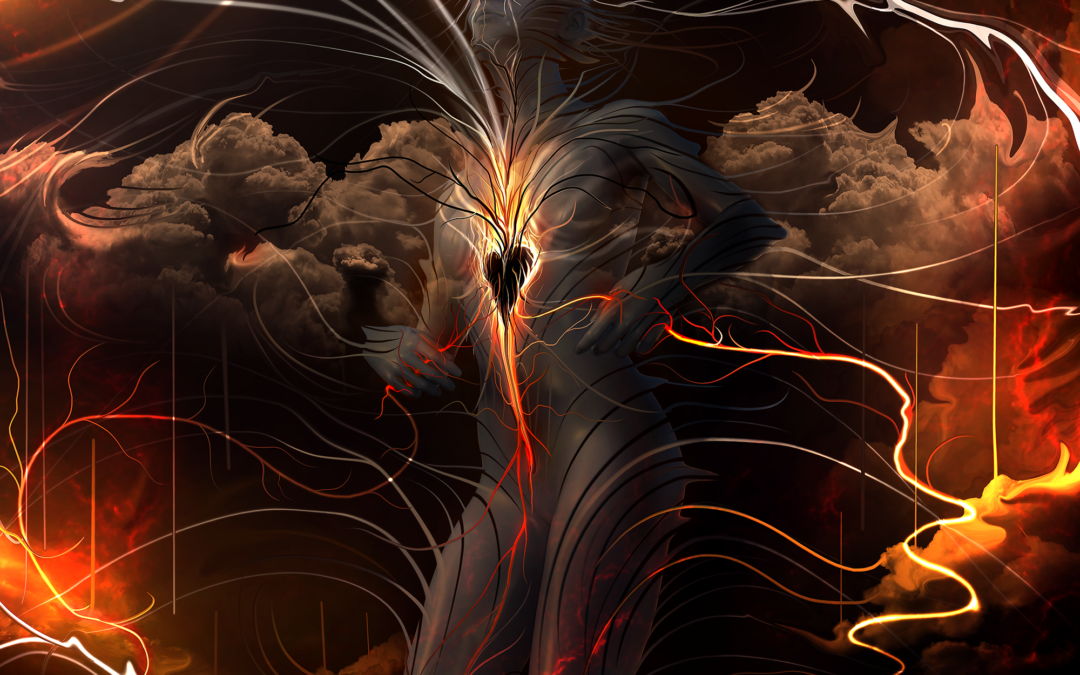DISTINGUISH BETWEEN VARIOUS ATTRIBUTES OF EGO
One of the key aspects of the Kundalini unfolding process is that of reconstruction of the Identity structure loosley termed as Ego. The sudden release and influx of our biological potential, unnerves the entire psychology as well as phisiology. A loss of the known structure of psyche enables expansion of consciousness, as the limits confining consciousness are removed.At this initial point in the process, it is essential to find support and guidance through someone who knows the mechanics through direct experience. The first impact of the energy on our psyche can be extremely dissociating, loss of sense of self ensues and can lead one to depersonalisation, depression, anxiety and confusion which can last for long periods. This is what may also be termed as kundalini syndrome, where one is hit with energy and completely breaks down due to lack of a support structure.
To succesfuly navigate through the initial impact, one must integrate the expanded consiousness and remould the psyche structure so as to contain the expanded states. Thus what is of prime importance is not the dissolution of ego structure but its subsequent integration and reconstruction, that is the more challenging part.
Dying is easy, rebirthing is painful.
In order for us to stay centered during these paradigm shifts, it is necesary to clearly distinguish between various aspects of the self structure. To discern the healthy functioning part of ego from the neurotic affliction of the limited separate self indulged aspect of ego. This distinction is lagging in new age spiritual circles where the various attributes of mind are categorised into one term, ego. There is absence of proper verbiage to define these attributes, which gives rise to more confusion and leads seekers astray.
Thus we fall back to the vedic philosophy which clearly defines complex mechanisms operating within and as consiousness. Terms such as ‘Aham’, ‘Ahamkara’, ‘Asmita’ describe aspects of Ego in detail and allow us to be more precise.
-ASMITA – egoism; an impurity; state of concentration; sense of I-am-the-doer, selfishness. The non dual self forgets it is nondual due to lack of knowledge (of the existence) of true self.
The self people are most familiar with. The selfish ‘me’ that possesses things as mine: my body, my emotions, my thoughts, my possessions. This is the identified ego driven by needs and desires. Because of when it typically develops, we might call it the two-year-old self. Mine!
-AHAMKARA – ‘the I-maker’; ‘I’ – ness; the concept of individuality, individuating principle.
As a quality of Consciosuness, Ahamkara is evolved out of Intellect (Buddhi) and gives rise to the senses (indriyas) and the essence of the elements in turn. It is a principle of individuation of universal mind (Mahat) which gives rise to diversity. In other words, Ahamkara is that aspect which is responsible for uniqueness of each and every manifested expression.
-AHAM – ‘I’; ‘I-awareness’; the individual soul; self-consciousness; the notion of super-ego; ‘I’ – consciousness; the pure non dual inner Self, True self.
The aham is is both jiva and Shiva (soul and Absolute at once!), all depending on where the focal awareness is being held. The kundalini process is an expansion of Aham, from the gross to subtle, from confines to limitlessness, from extremities of egocentricity, to individuality-bound self, to Cosmic self, to finally all-encompassing Self, Shivoham.

